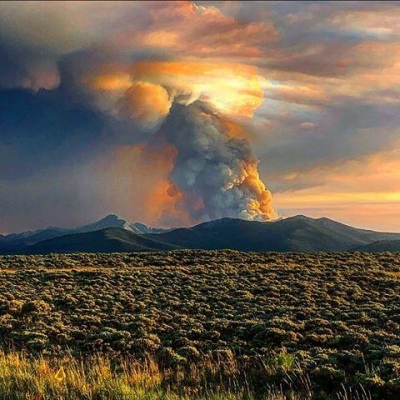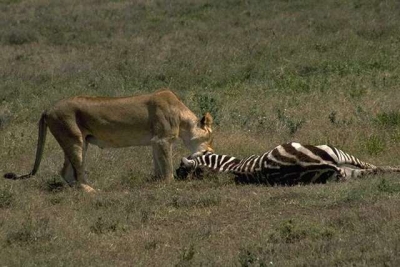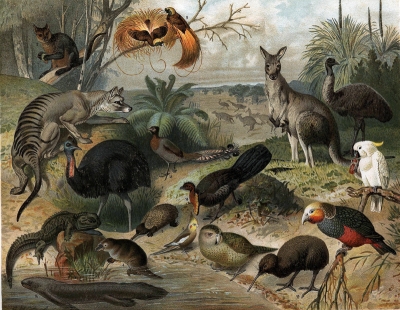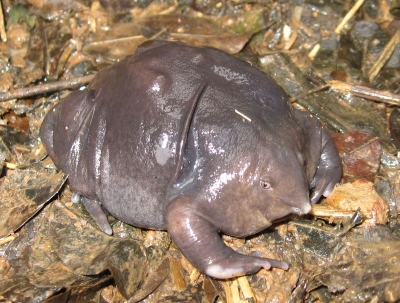WHAT IS HARMFUL TO THE ANIMAL KINGDOM?

|
Although natural disasters and sudden changes on Earth's surface, such as earthquakes, volcanoes and wildfires, can hurt the animal kingdom, human-led changes, such as the cutting down of forests, deliberate forest fires, water and air pollution, have also severely affected wild animal habitats across the world. |
Earthquakes and tsunamis
According to United States Geological Survey (USGS), each year there are 15-20 major earthquakes worldwide with a magnitude of over 7.0 and over a thousand that measure above 5.0.5 Unlike hurricanes and volcanoes, earthquakes hit without warning.6 In addition to shaking land, they can shake and displace the seabed. Islands and beaches can disappear from subsiding land or double in size because the land surrounding it is uplifted.7 When the ocean floor is displaced, it can create a tsunami, which is a series of high, fast waves that begin quickly, can cross oceans, and can last for days.8 They may be followed by landslides that bury animals alive and destroy their homes9 or floods that can sweep them away.
Volcanoes
There are at least 20 volcanoes erupting around the world at any time, not including volcanoes erupting underwater, which are much greater in number.13 Eruptions can last for months or years, spewing abrasive and toxic lava and ash, causing explosions, and heating nearby water that can boil marine animals alive.
Storms
The wind, rain, and debris from storms injure and kill animals and cause a lot of damage to their habitats, including destroying shelters and contaminating food and water sources. During Hurricane Dorian in 2019, winds reached 295 km per hour. Strong winds and rain can cause broken limbs, head trauma, as well as breathing problems and infections from getting water in the lungs. Animals are displaced and orphaned. Most of these problems would not be fatal if the animals were able to receive care, but in most cases they do not. A few lucky mammals and birds get care if they are blown into urban areas and are found disoriented on someone’s lawn.
Floods
Smaller animals are more vulnerable to drowning or dying in resulting floods and mudslides. Burrowing animals may be safe from smaller disturbances, but torrential rains can collapse their burrows or block the entrances, trapping them or leaving them without shelter. Burrow entrances can be blocked by branches, leaves, stones and other debris moved around by water or wind.
Fires
A single wildfire can kill millions of animals. The flames and smoke of forest fires kill most animals in their path, including many burrowing animals who are too near the surface, and animals who live in rivers and streams as the flames pass over. Even if they survive the fires, the aftermath can leave animals with burns, blindness, and respiratory problems that can be fatal or permanently debilitating. Hurricane force winds can carry embers and ash from a fire up to a mile away, which can trigger new fires. Strong fires generate so much energy that they change the local weather by modifying wind and temperature. The moisture coming off a fire can generate clouds that cause rain.
Credit : Animal ethics
Picture Credit : Google


